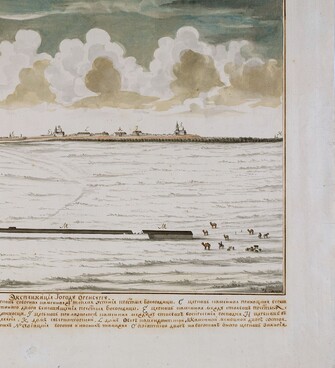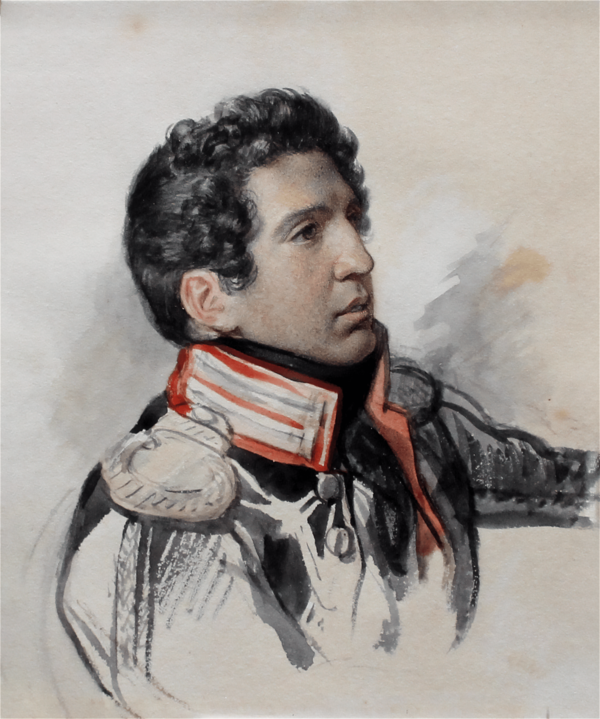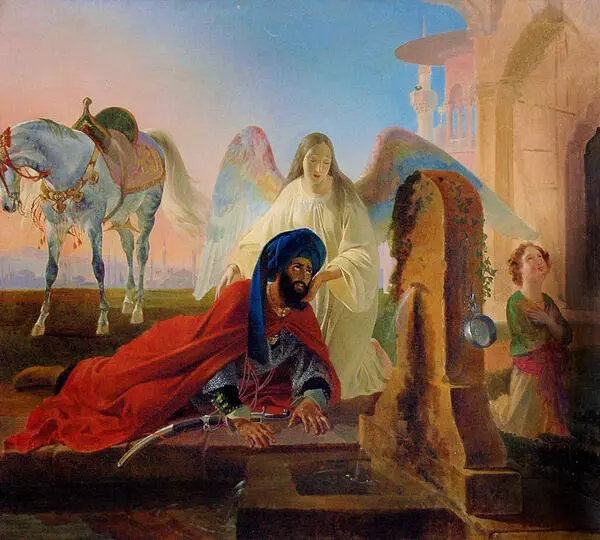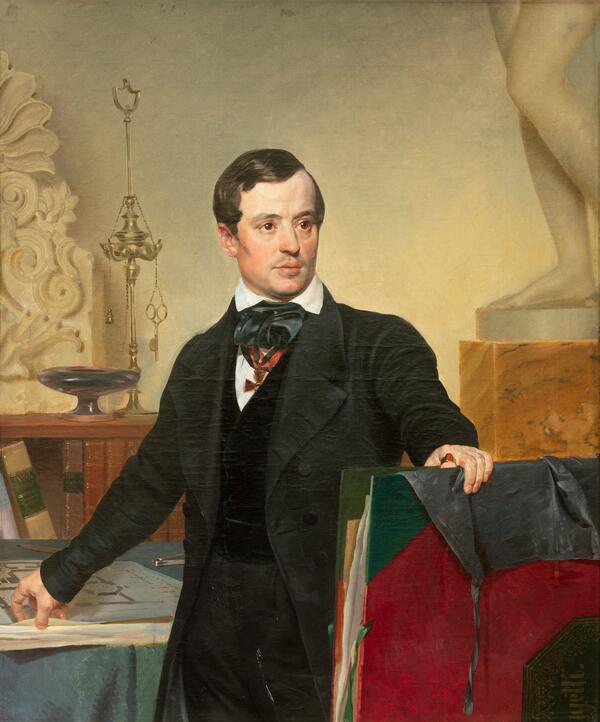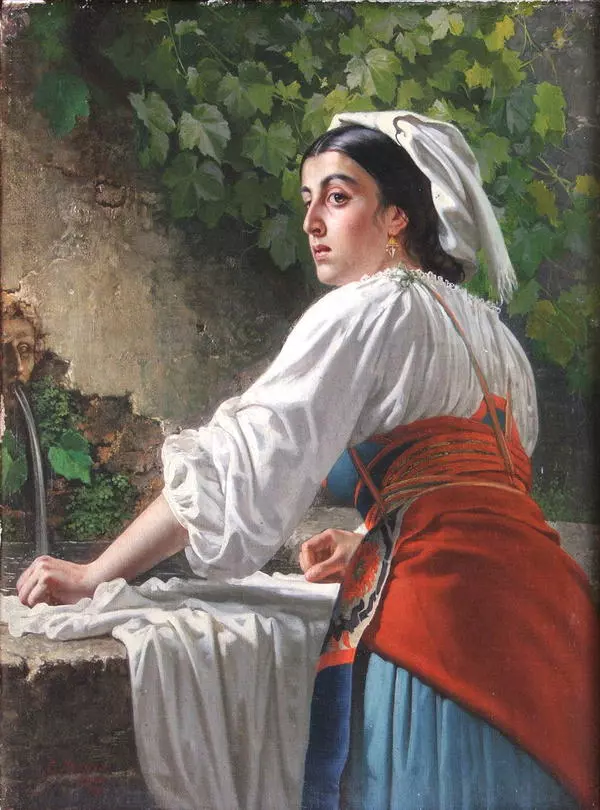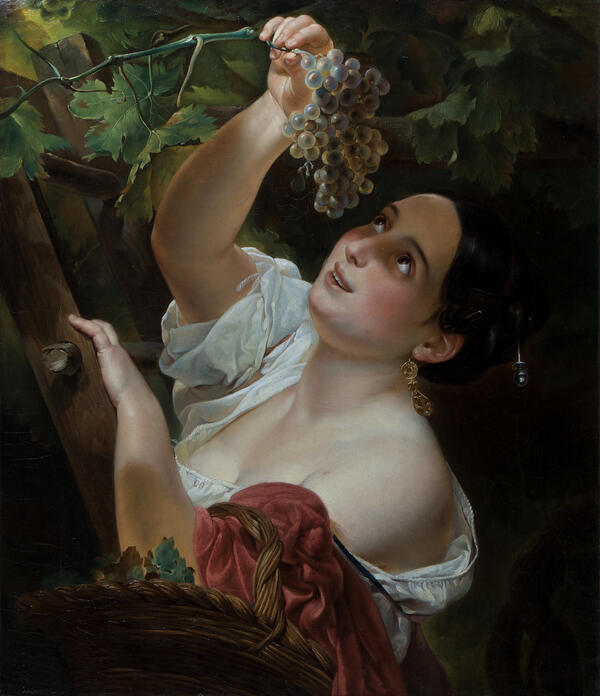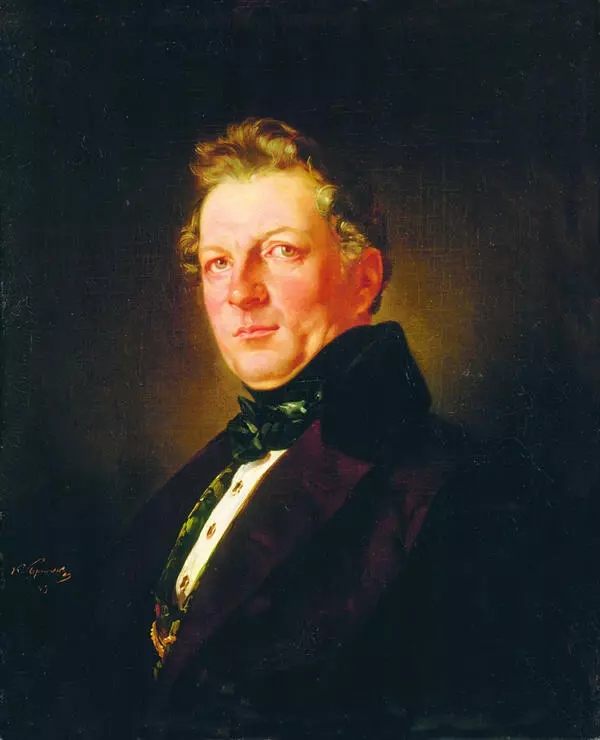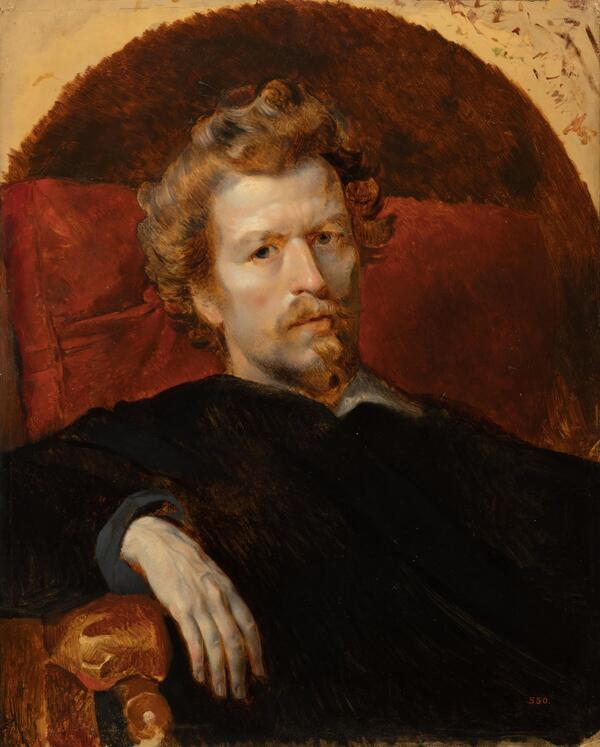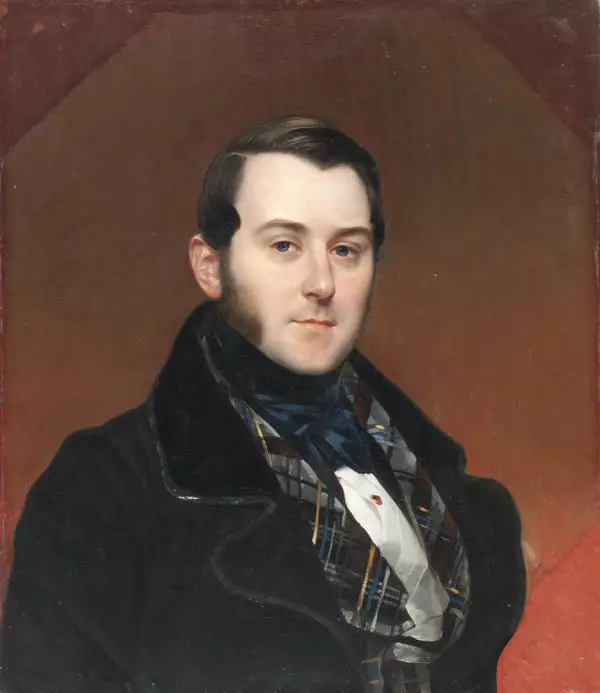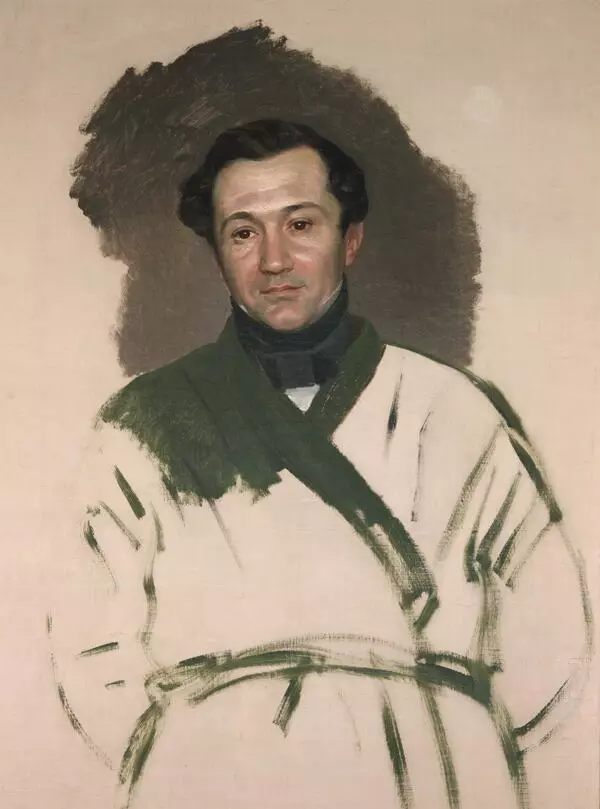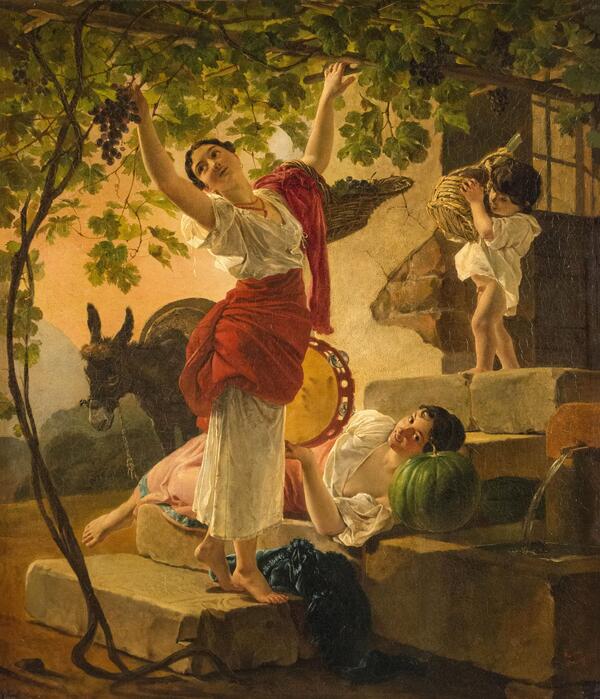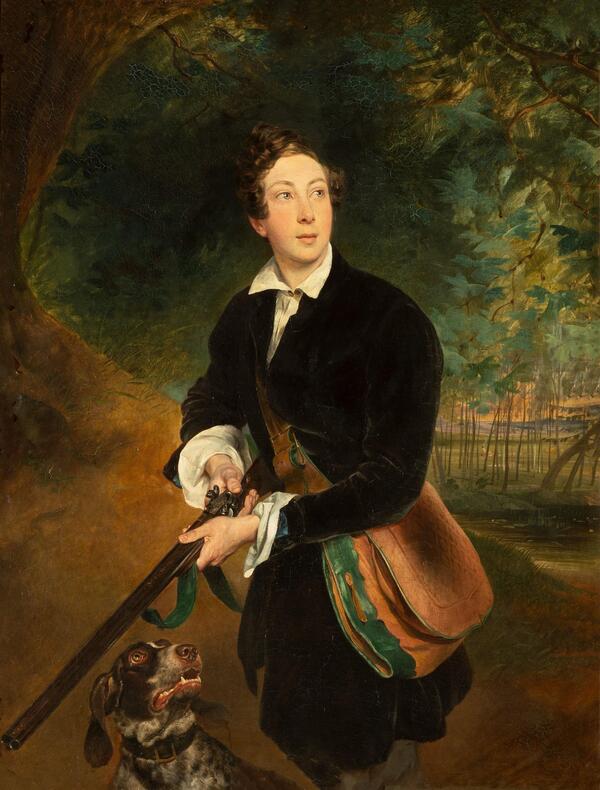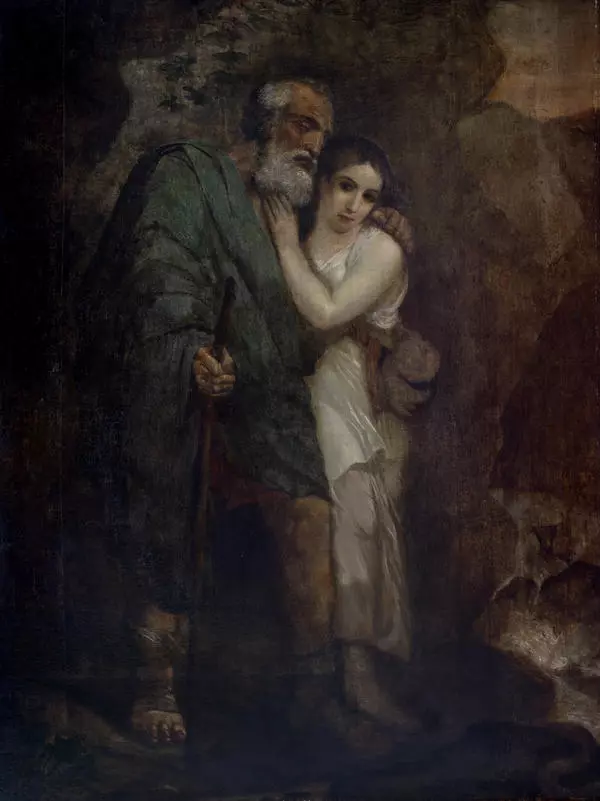The National Pushkin Museum presents a portrait of the governor of Orenburg Vasily Alekseevich Perovsky.
Vasily Perovsky was the illegitimate son of Count Aleksey Kirillovich Razumovsky. In 1812, he participated in the Battle of Borodino and was held captive by the French for two years. He was freed when Russian troops took Paris. After returning to Russia, Perovsky gradually advanced in the service. During the Decembrist uprising, he shielded Emperor Nicholas I from a log thrown at him from the crowd. Perovsky received a concussion. In 1833, he was appointed governor of Orenburg.
The Orenburg region — the remote outskirts of Russia — was poorly protected at that time. Trade routes passed through these lands, and later political relations with the khanates of Central Asia were established. The new governor, realizing the complexity of his work, began to invite gifted, educated, talented and knowledgeable people to the city. Pushkin met Perovsky in the post-lyceum period of his life in St. Petersburg (1817–1820) through Vasily Zhukovsky, with whom Perovsky was on friendly terms. Konstantin Stepanovich Serbinovich wrote about their meetings in late 1829 — early 1830. In addition, Perovsky is mentioned in the list of persons compiled by Pushkin, to whom he planned to send out his business cards for the New Year.
During his trip to the Urals and the Volga region in 1833, Alexander Pushkin visited Orenburg and stayed with his friend, the governor, at his dacha. He also finally met Vladimir Ivanovich Dal there, who kindly accompanied the poet to places associated with Pugachev’s Rebellion to collect information for the “History of Pugachev”. Dal and Pushkin shared an interest in studying the Russian spoken language. In the villages, Pushkin spoke to old people who had seen Pugachev, wrote down legends and songs. He spent considerable time (“the entire morning”, according to Dal) talking to the Cossack Irina Afanasyevna Buntova.
After returning from Berdy, Pushkin, accompanied by
Dal, examined the “Pugachev” sights of the city associated with its
six-month-long siege: the eastern suburb of the city was the Cossack village of
Forstadt, now part of the Krasny Posad, captured by the rebels and burned. He
also saw the remnants of an earthen rampart — an old fortification opposite the
northeastern part of the fortress, between the Orsk and Sakmar gates. Then
Pushkin and Dal visited the Orenburg Parish School, which was located next to
the Neplyuev Military School. There the poet had an animated discussion with
the students. They had lunch at Perovsky’s, and spent the evening at Dal’s,
staying up late at night.

